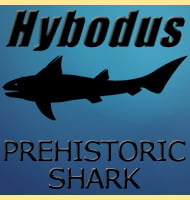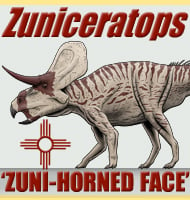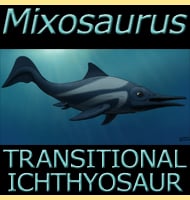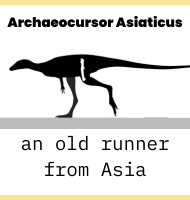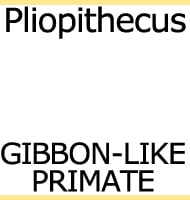In Depth
When named in 1896, Cynodontosuchus was not only the earliest known sebecosuchian crocodile, it was also the first confirmed as living before the Cenozoic period. Since this time there are now several Cretaceous sebecosuchian crocodiles known to us, and one of these genera, Baurusuchus, has been proposed by some to be a junior synonym to Cynodontosuchus. Critics of this theory however point out that Cynodontosuchus has a much deeper rostrum that Baurusuchus, as well as only five pairs of teeth in the maxilla, significantly less than Baurusuchus.
Further Reading
- On two Mesozoic crocodilians from the red sandstones of the territory of Neuquen (Argentina Republic). Notosuchus (genus novum) and Cynodontosuchus (genus novum). - Anales del Museo de La Plata. Paleontolog�a Argentina 4:1-20. - A. S. Woodward - 1896. - Radiation �volutive, pal�o�cologie et al. biog�ographie des crocodiliens m�sosuchiens. - M�moire de la Soci�t� g�ologique de France 142: 1–88. - E. Buffetaut - 1982. - Biogeographic evolution of the South American crocodilians. - M�nchen Geowiss. Abh., A(30):159-184. - Z. B. Gasparini - 1996.


